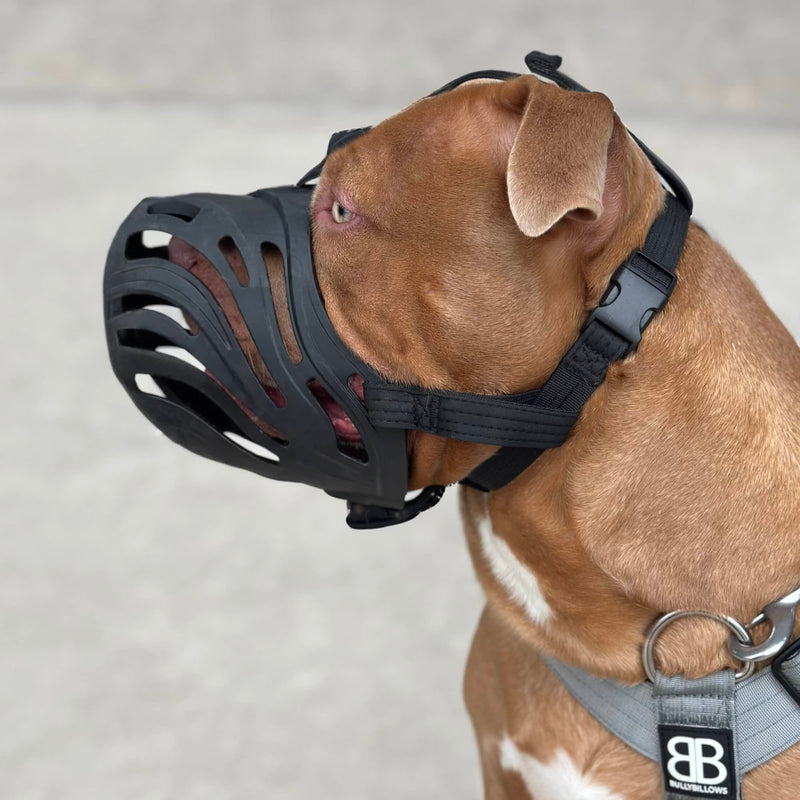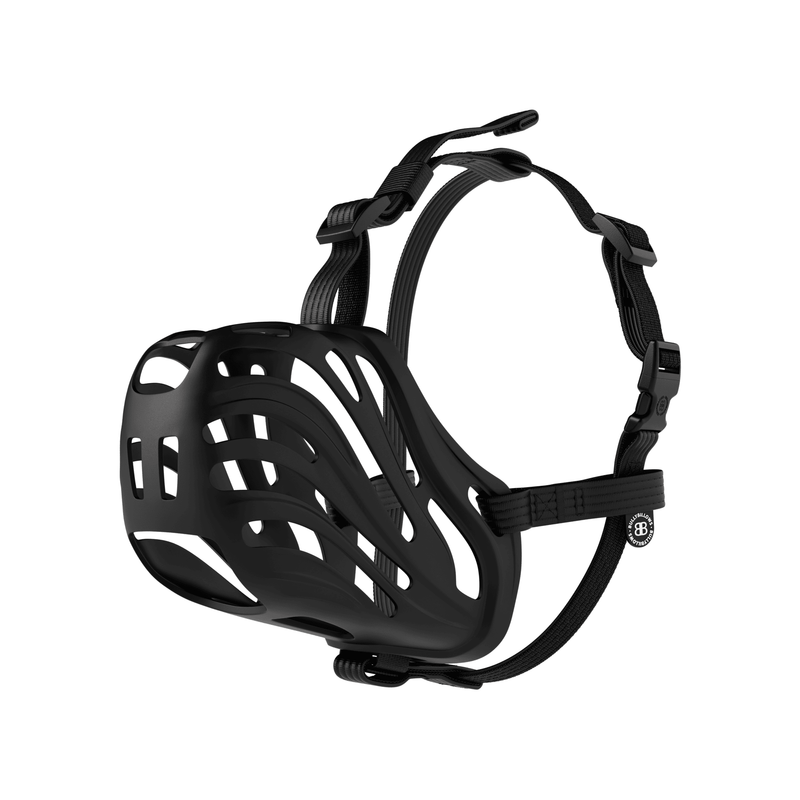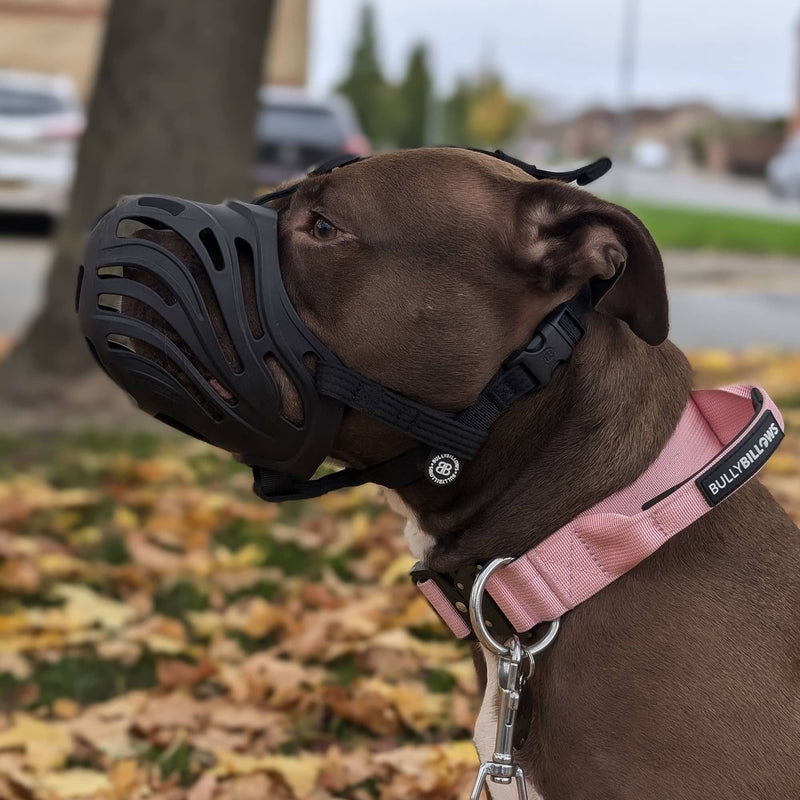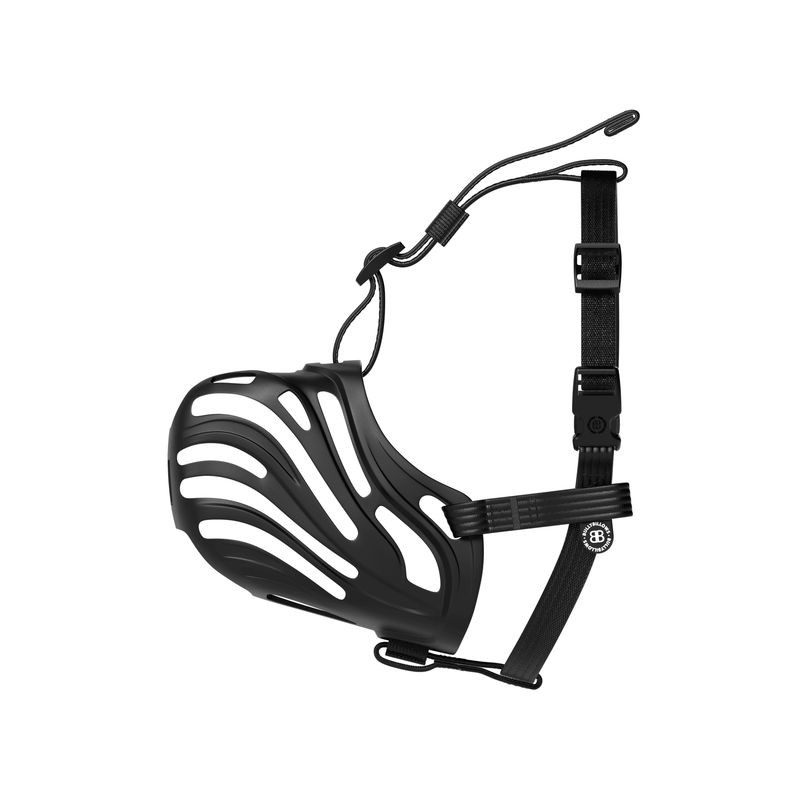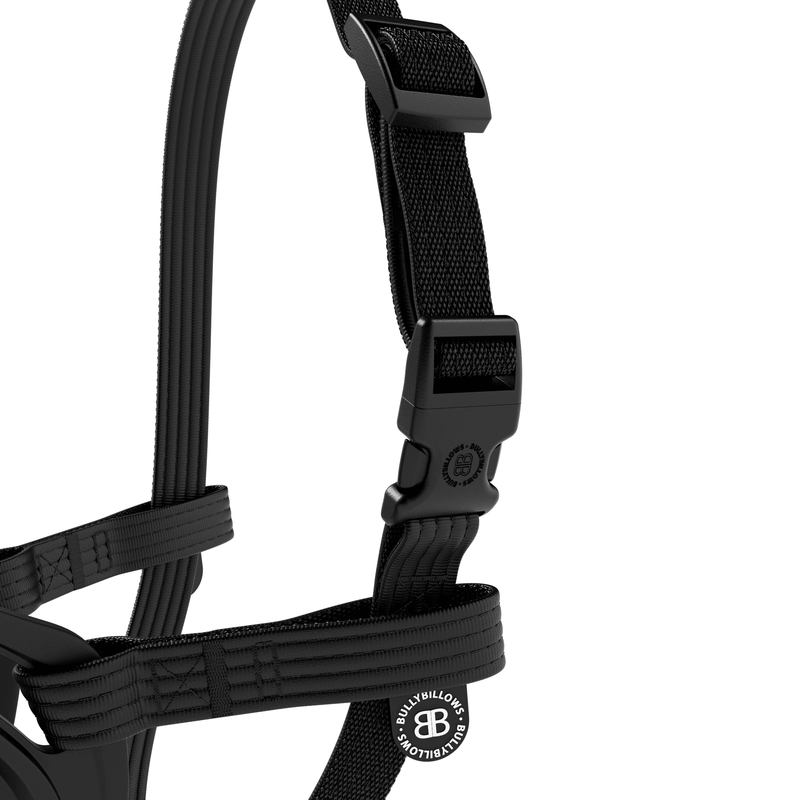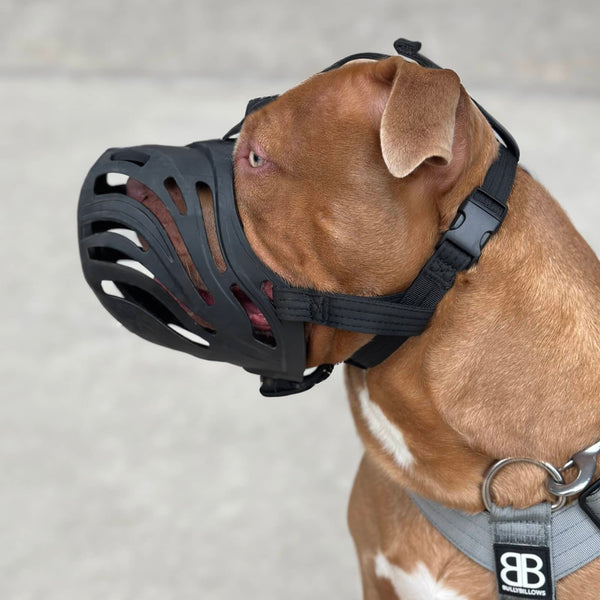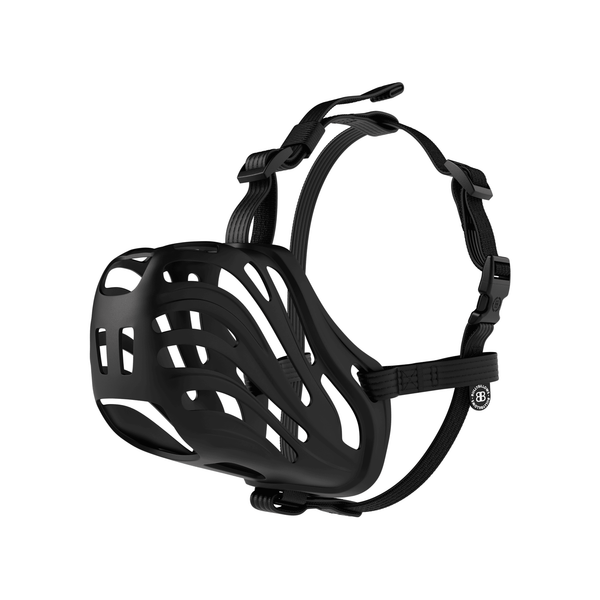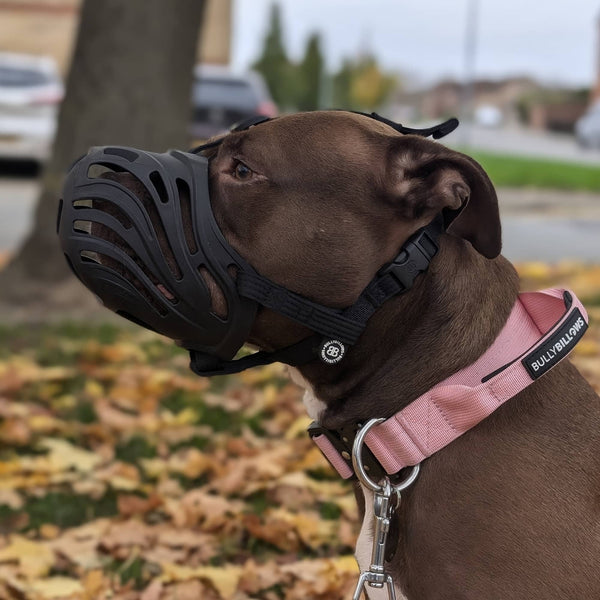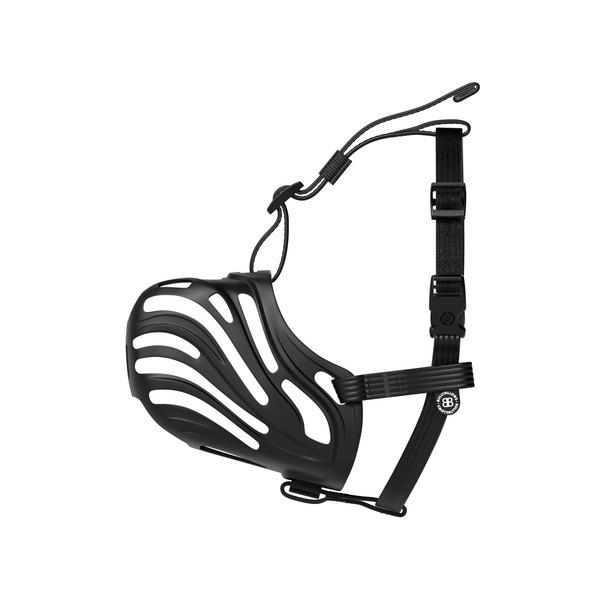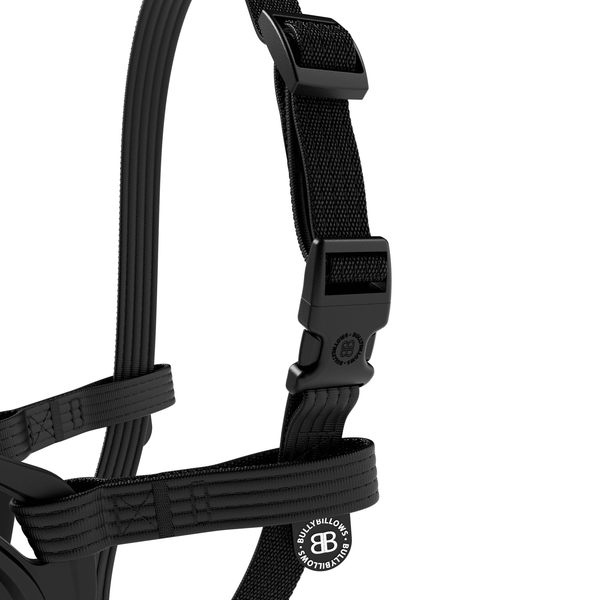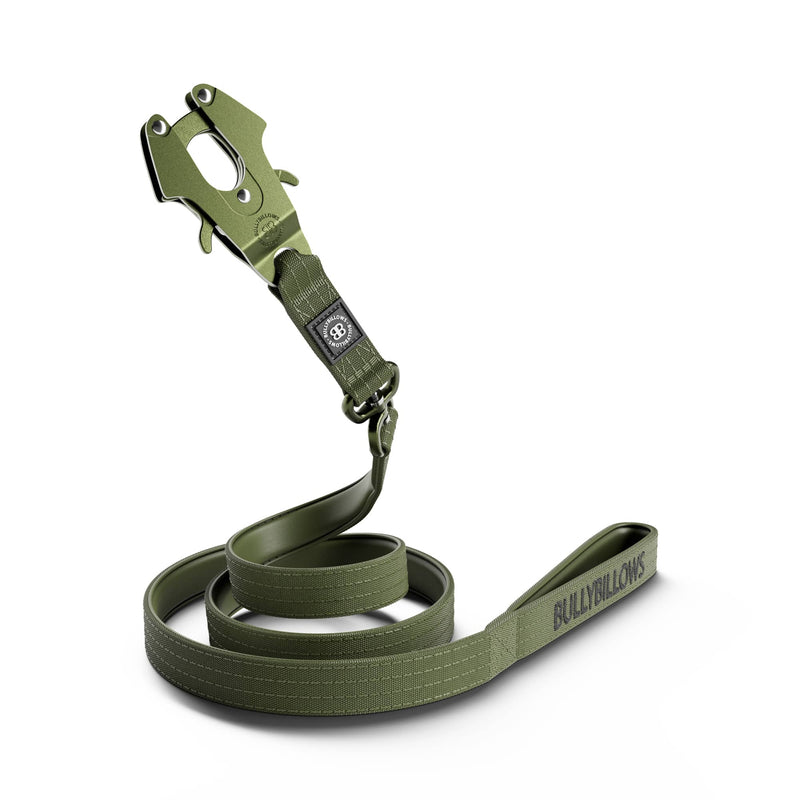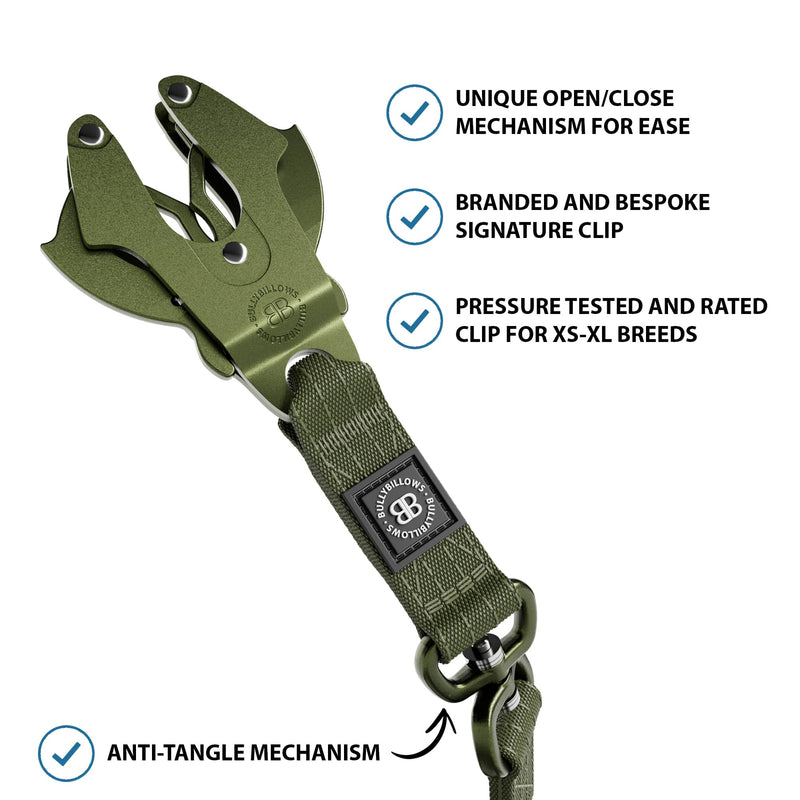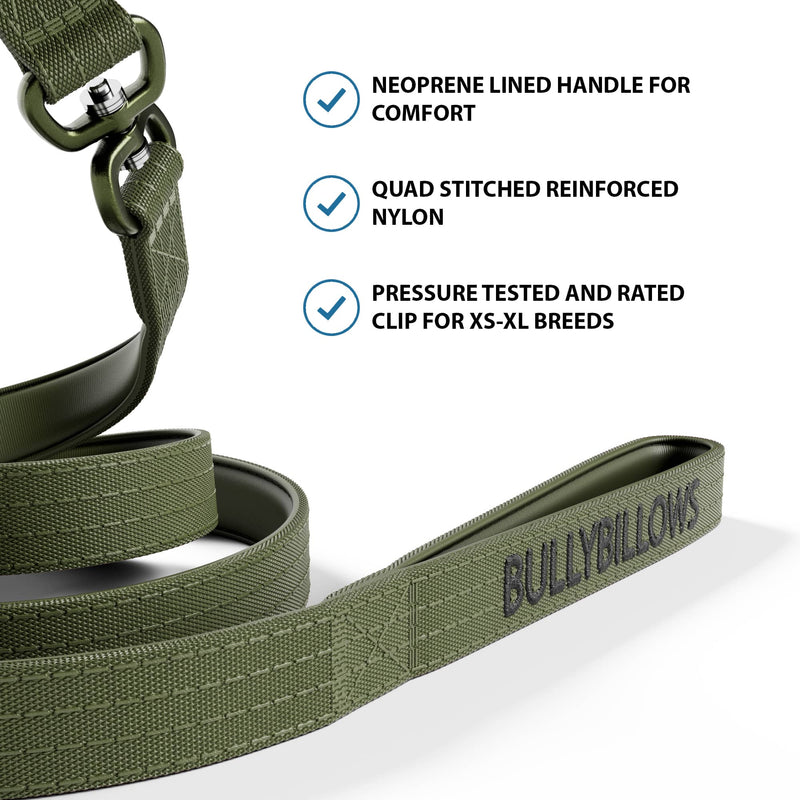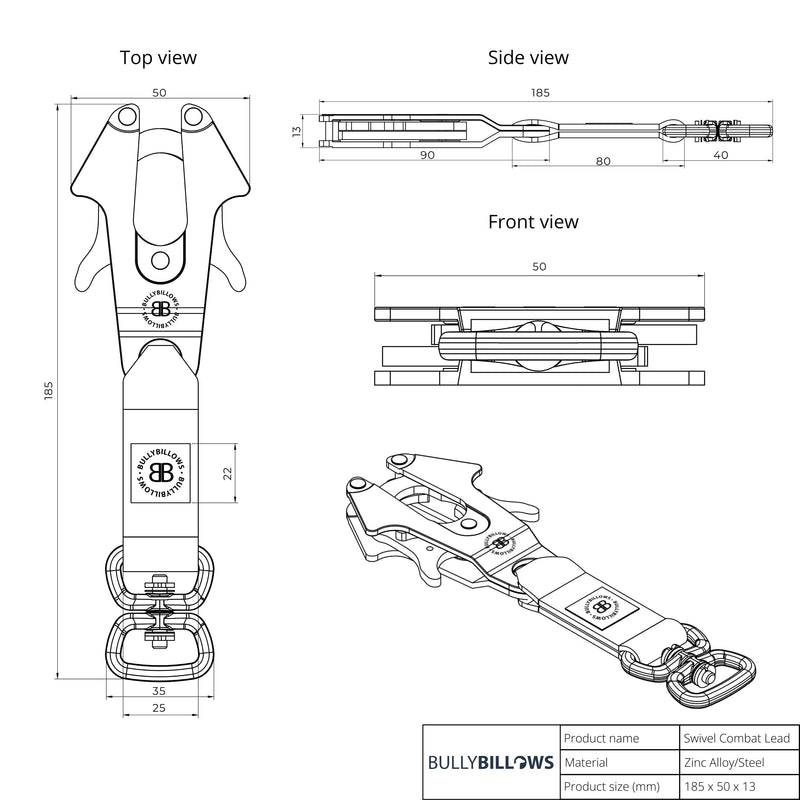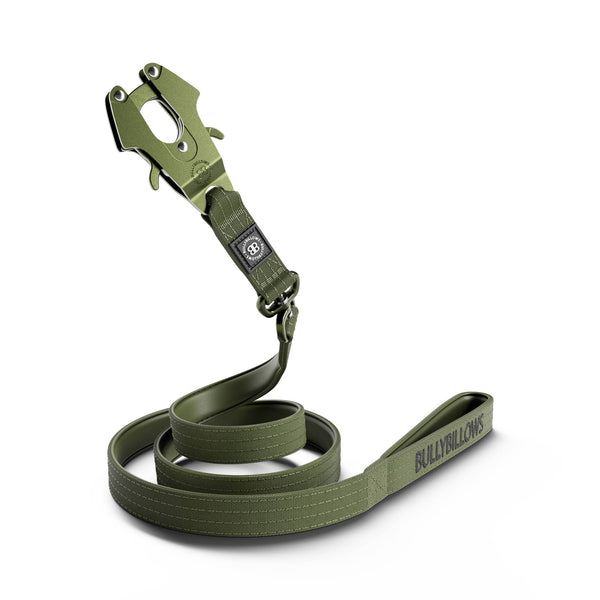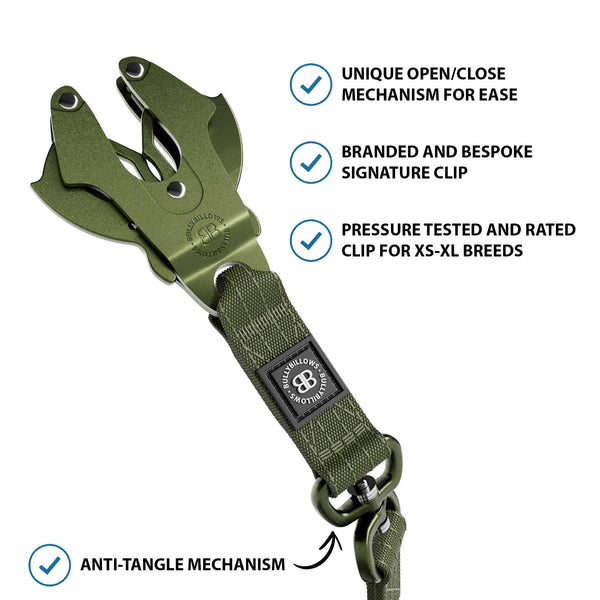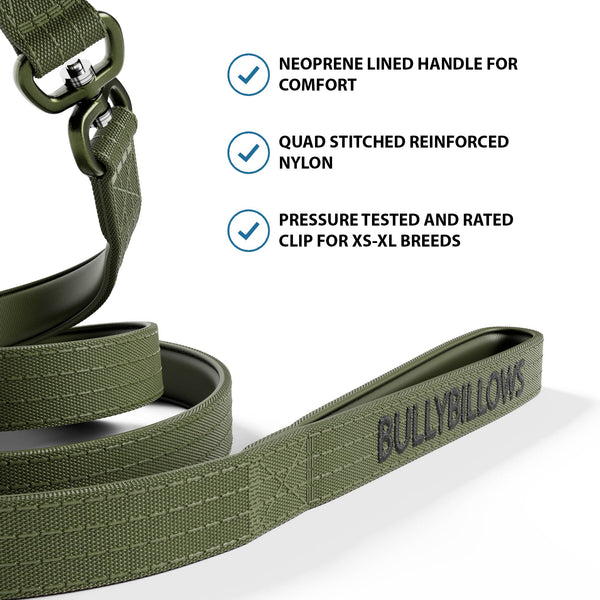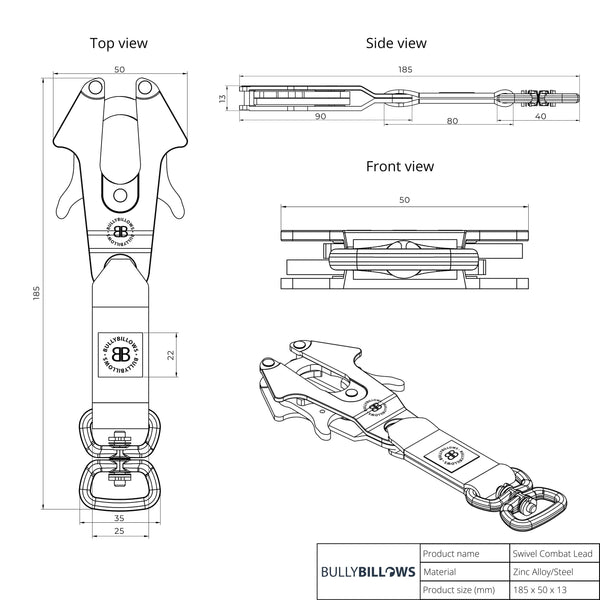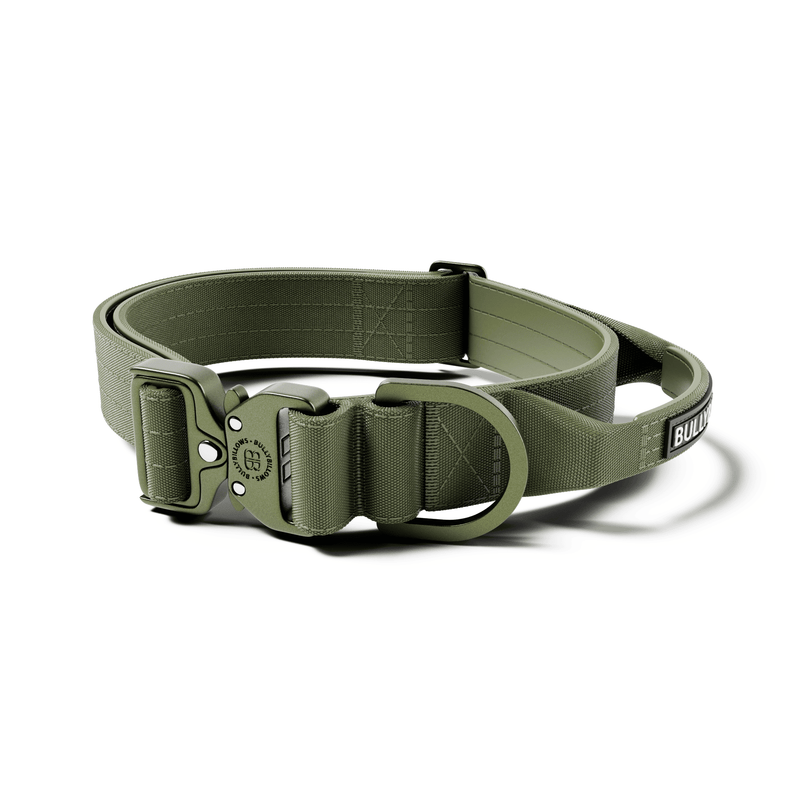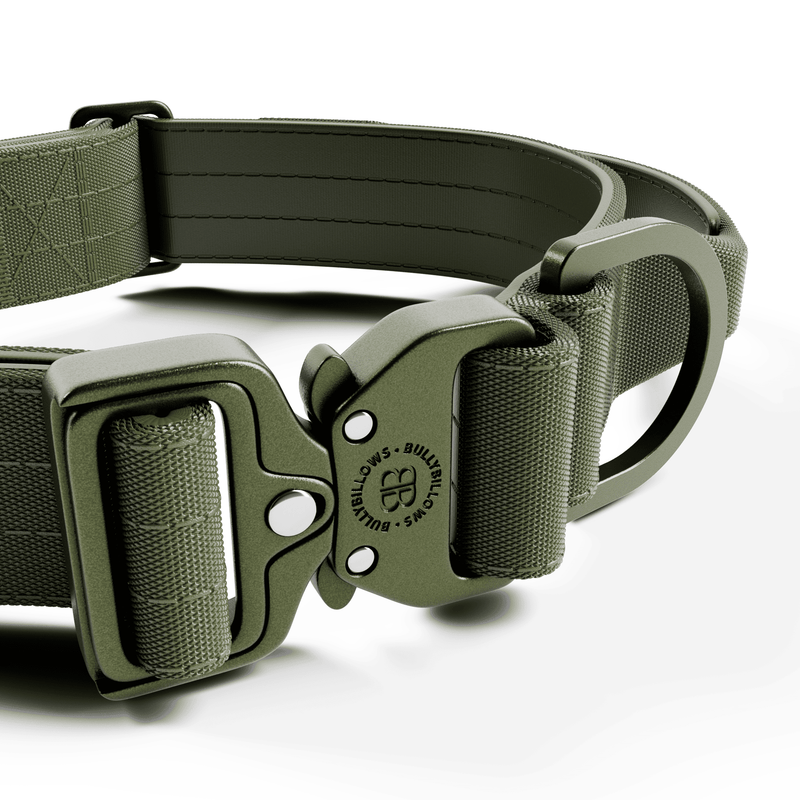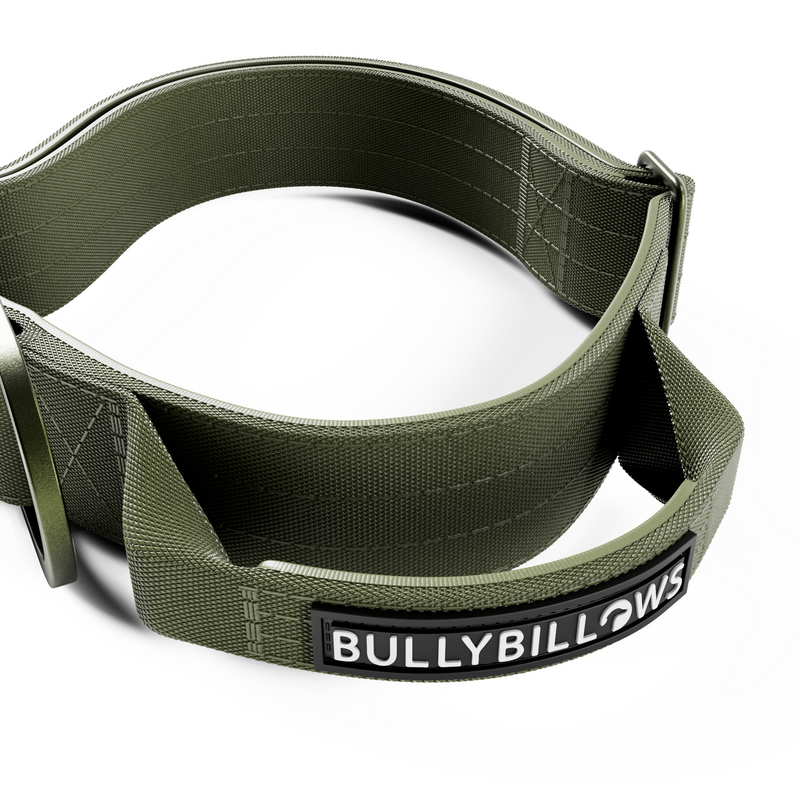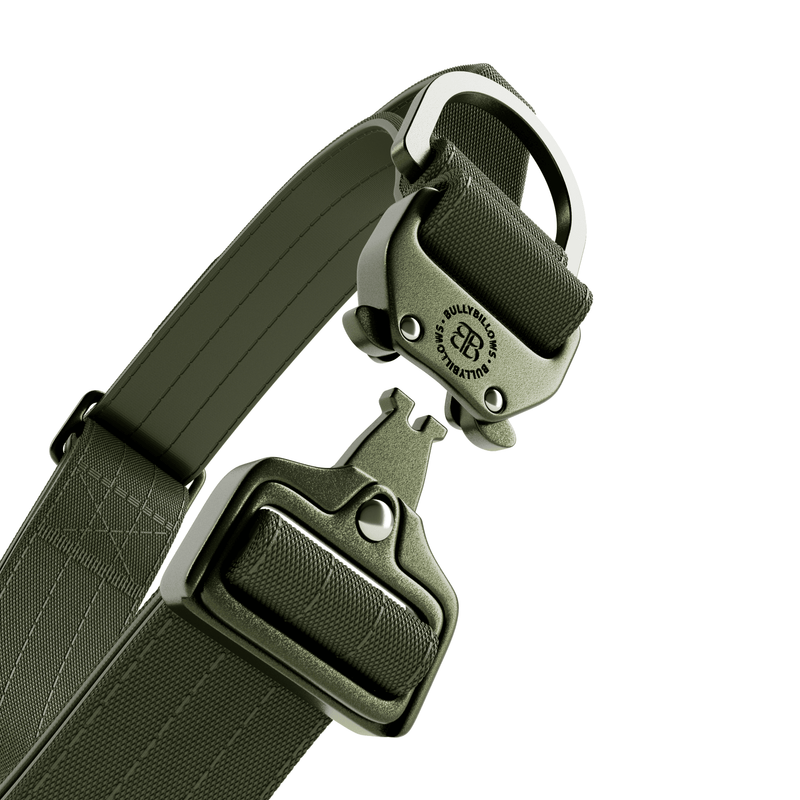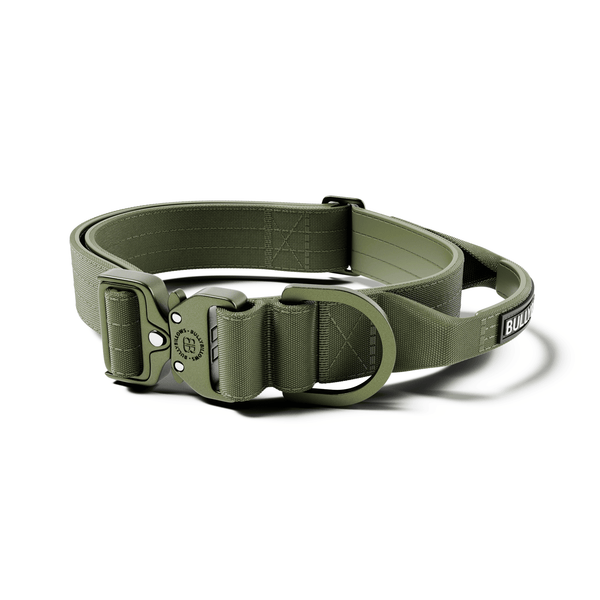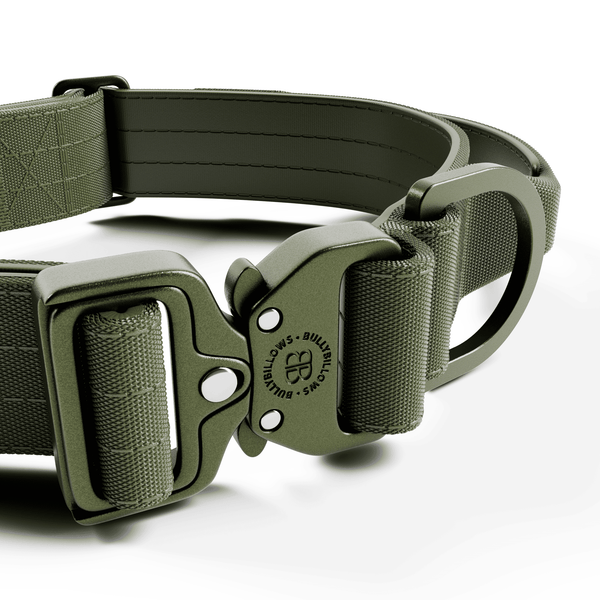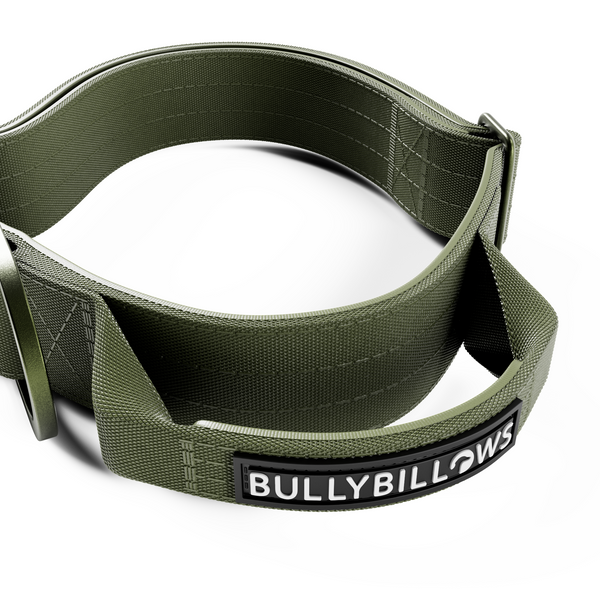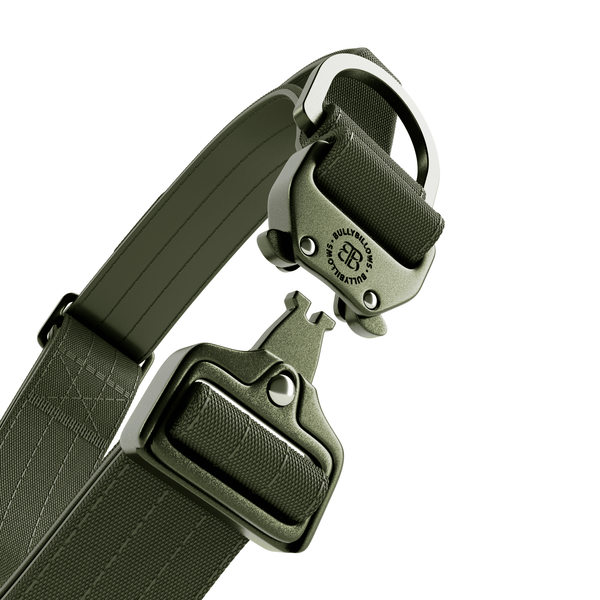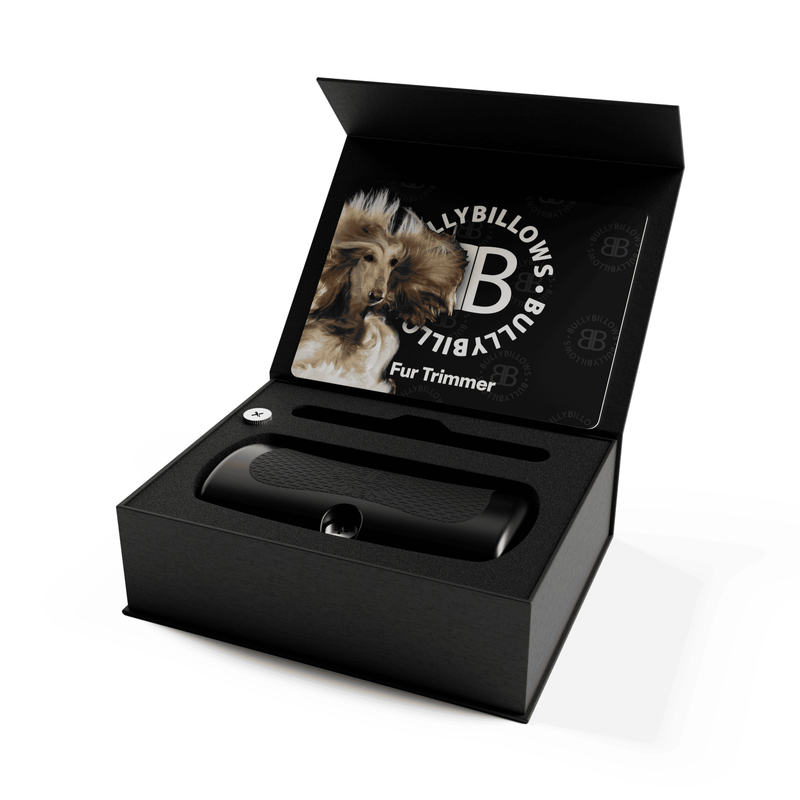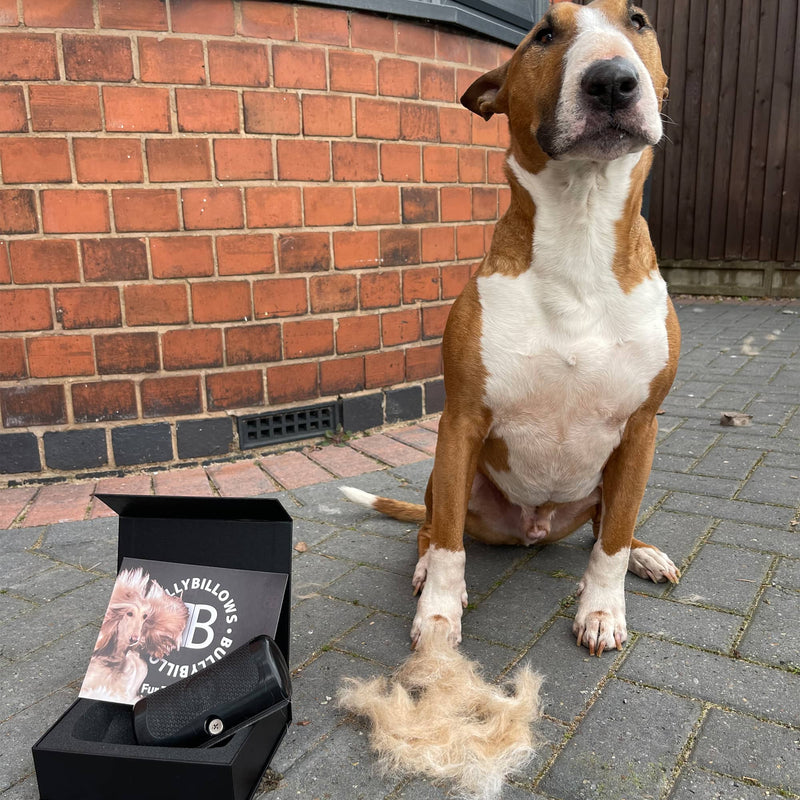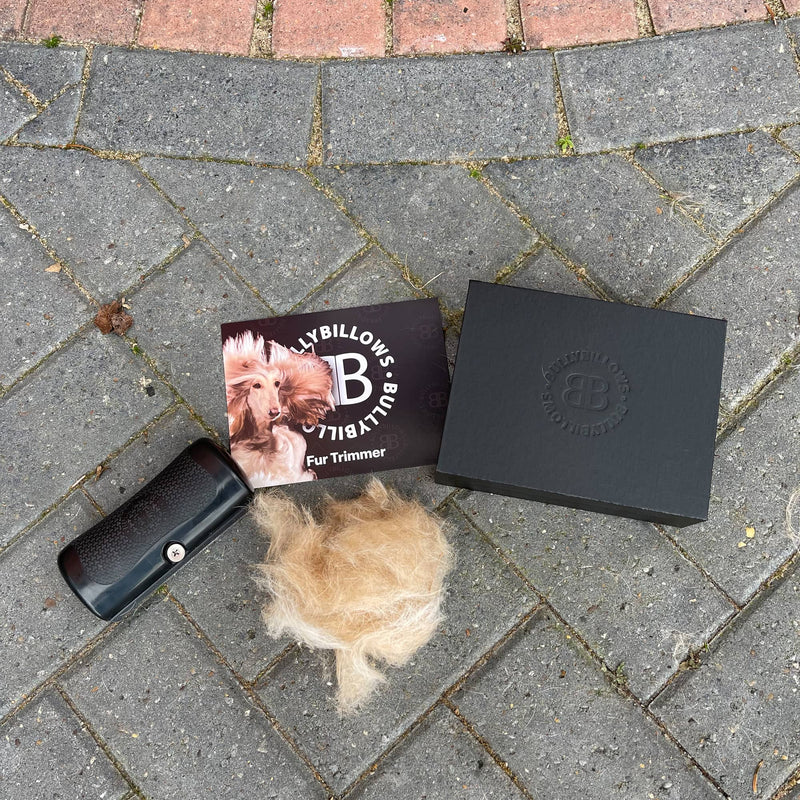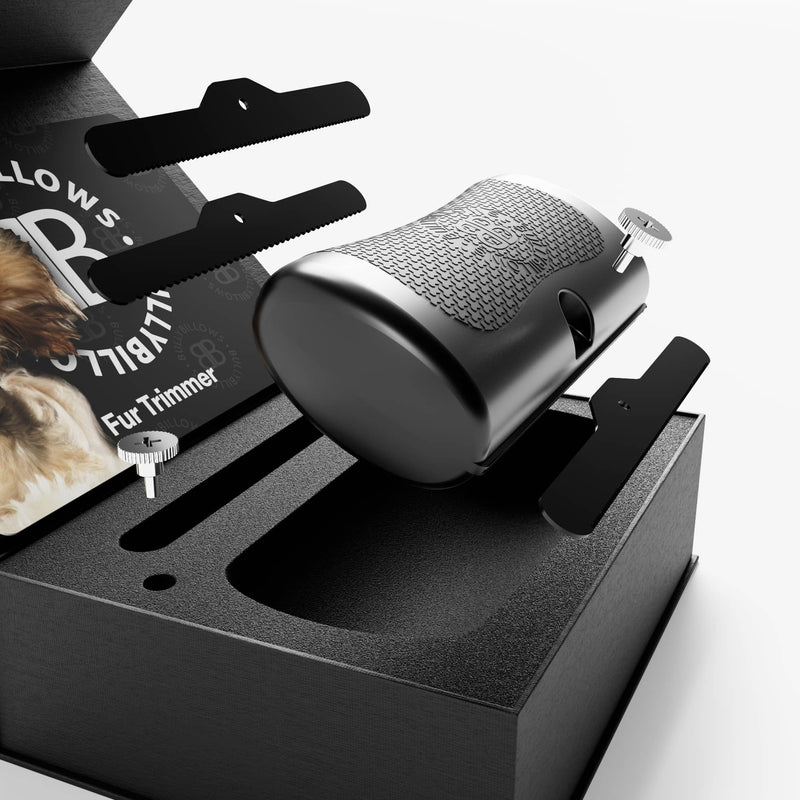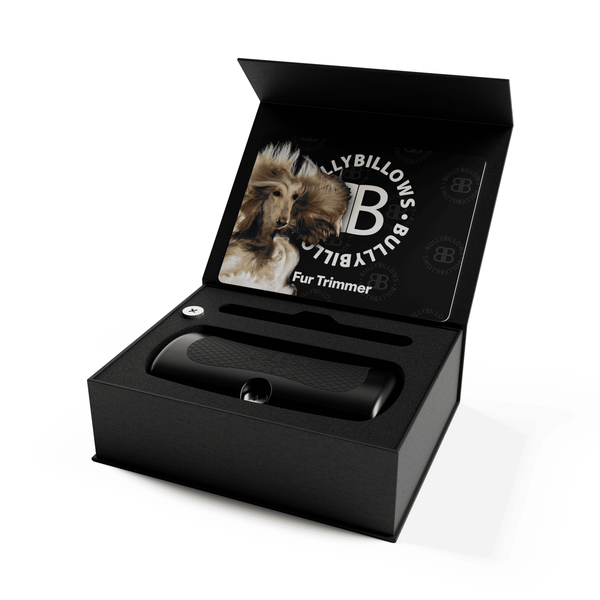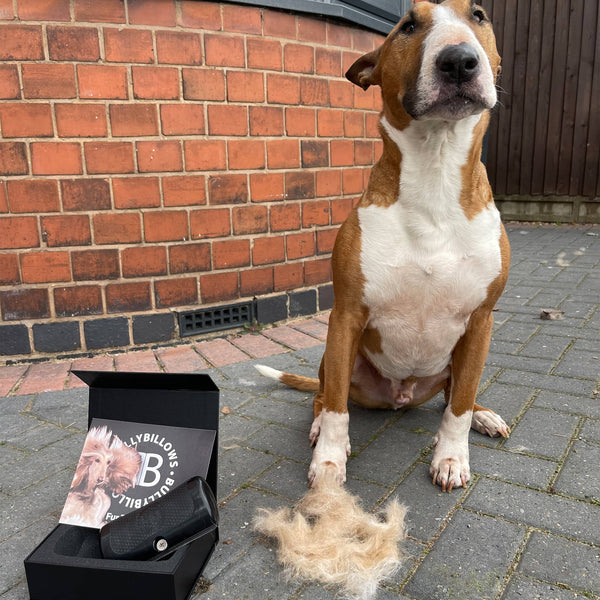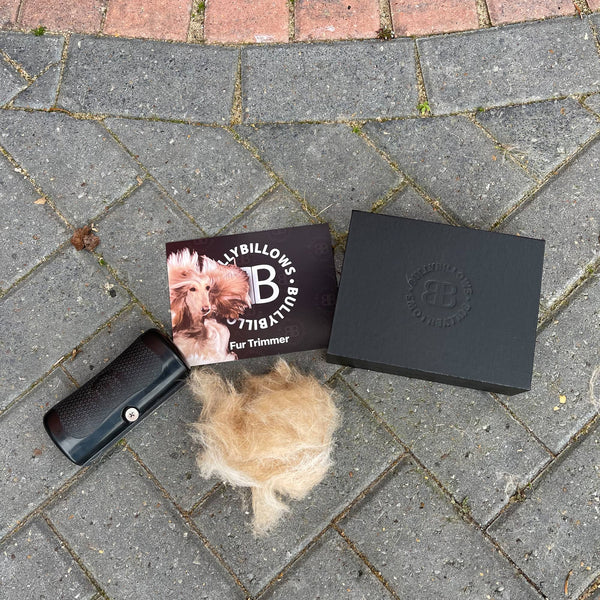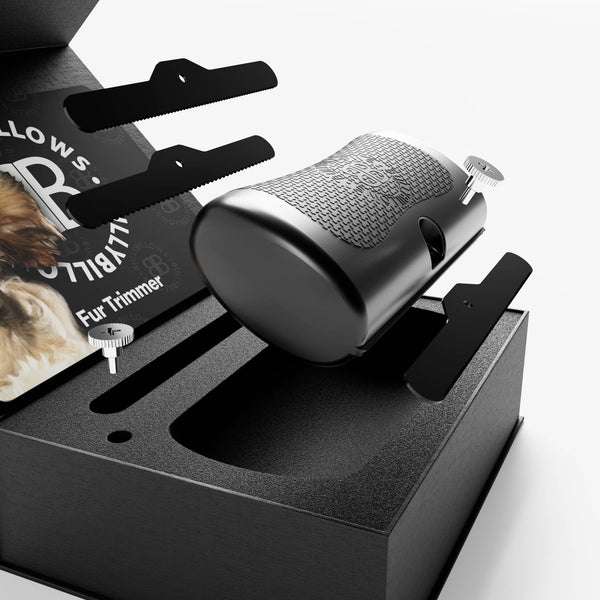Have you noticed how our dogs keep us happy and entertained with their super cute antics? They bark at squirrels, dig and roll on the ground, and hop around. The cutest thing they do is chase their tails, spinning in circles.
You must have wondered once or twice if your dog even knows that tail is a part of their body. However, sometimes, we get tense if something is bothering them to chase the tail.
If you have seen your beloved pet doing that, here are the top four reasons why they chase their tails. Often it is harmless, but occasionally it is a concern to visit a vet.
Why Do Dogs Chase Their Tails?
1. Boredom
Yes, the dogs get bored too. So what do they do to amuse themselves? Funnily enough, they chase their tail.
They keep themselves entertained chasing their tail and turn it into a game. It means you need to give your dog more playtime. If your pup is playing with their tail in the park, walk with them, or pet them. With the joy on their face, you can be sure that it is merely an activity out of boredom. Indulge them in physical or mental games like brain puzzles, fetch games, etc.
2. Fleas and Ticks
Dogs often chase their tails because of fleas and ticks in their tails. Fleas and ticks can cause infestation and result in itching. They try to bite their tail to relieve itching.
If you think fleas and ticks are reasons for their tail-chasing behaviour, check their skin for the small and dark specks in their coat. Bald patches are also a sign of it, as they result from excessive scratching. Find out the right ways to remove ticks and fleas on your dogs.
3. Anxiety
Anxiety can also be a reason for tail chasing in dogs. The repetitive action serves as a stress reliever for dogs. They begin to chase their tail whenever they feel nervous. The anxiety can be due to:
- Confined space to live
- Compatibility issues from another pet
- Less socialization
- Past stress experiences
- Physical or mental abuse
Seek advice from a behaviourist if you suspect the tail-chasing behaviour of your pup is a result of anxiety disorder.
Must Read: Proven Ways to Treat Anxiety in Dogs
4. Seeking Attention
Dogs can sometimes be dramatic. They can be tail-chasing to seek your attention.
You get amused when your dog chases their tail. If your dog receives a positive reaction from your end, they continue to do that to please you. They chase tails and invite you to notice them and play with them.
If you feel your dog is chasing and spinning in a circle excessively, get counter-intuitive. Start ignoring your dog when it does so and praise them when it stops. Scolding does not work here as it also qualifies as attention.
5. Compulsive Behaviour
Like humans, dogs also show obsessive-compulsive disorder. In dogs, it is tail chasing instead of hand washing. Dogs suffering from OCD chase bite their tails continually, and then it becomes their habit. Visit an animal behaviourist or veterinarian for behaviour modification techniques.
The next time your dog chases their tail, you can quickly know the reason behind it.
For dog safety tools and accessories, visit Bully Billows for a variety of high-quality dog products.


